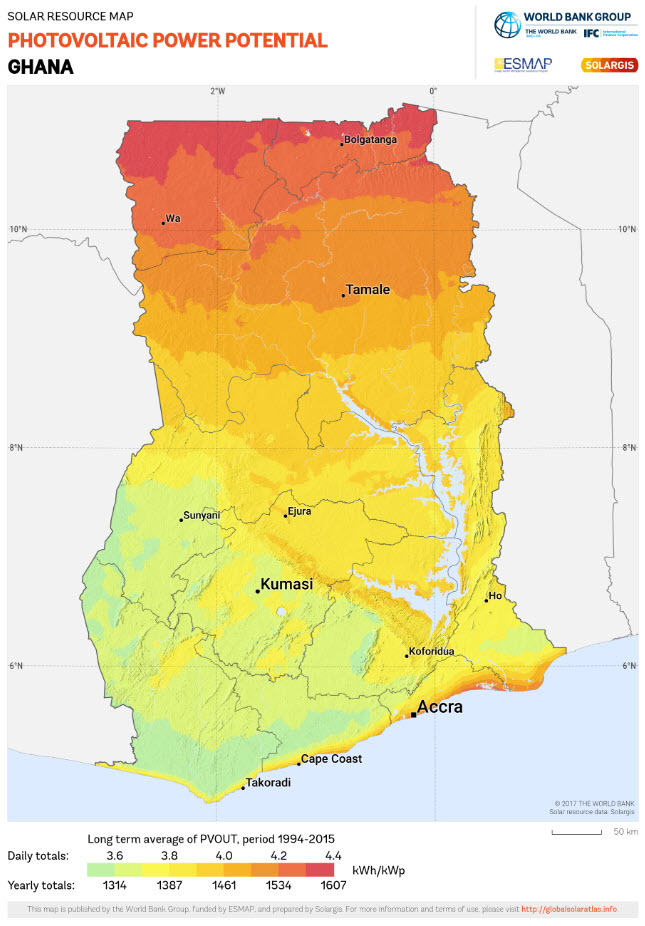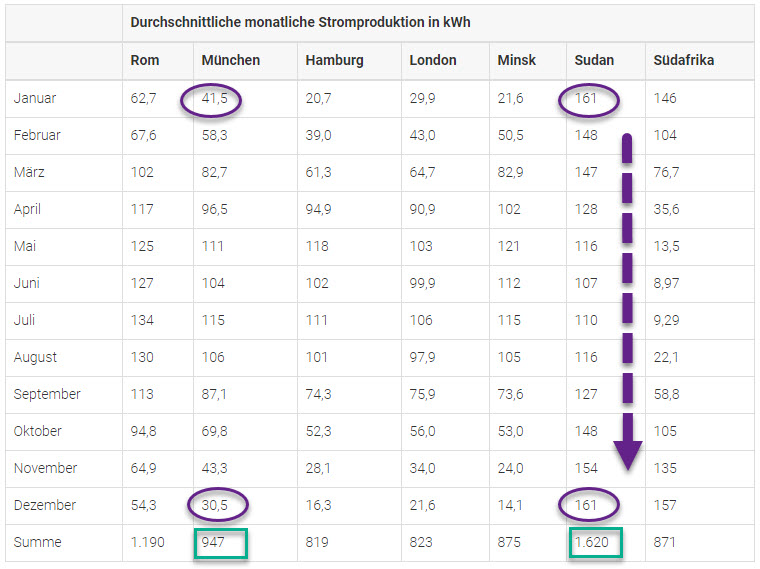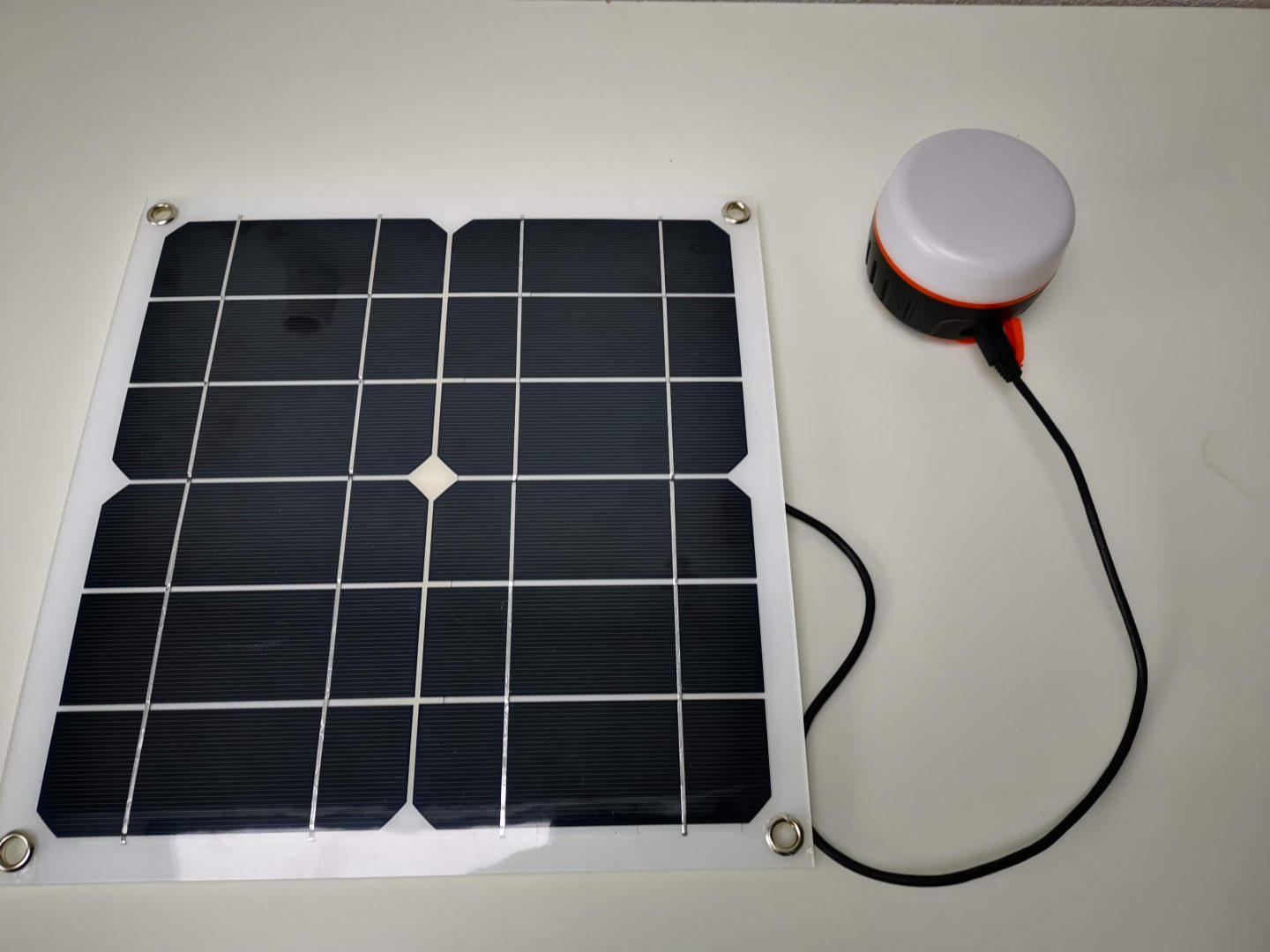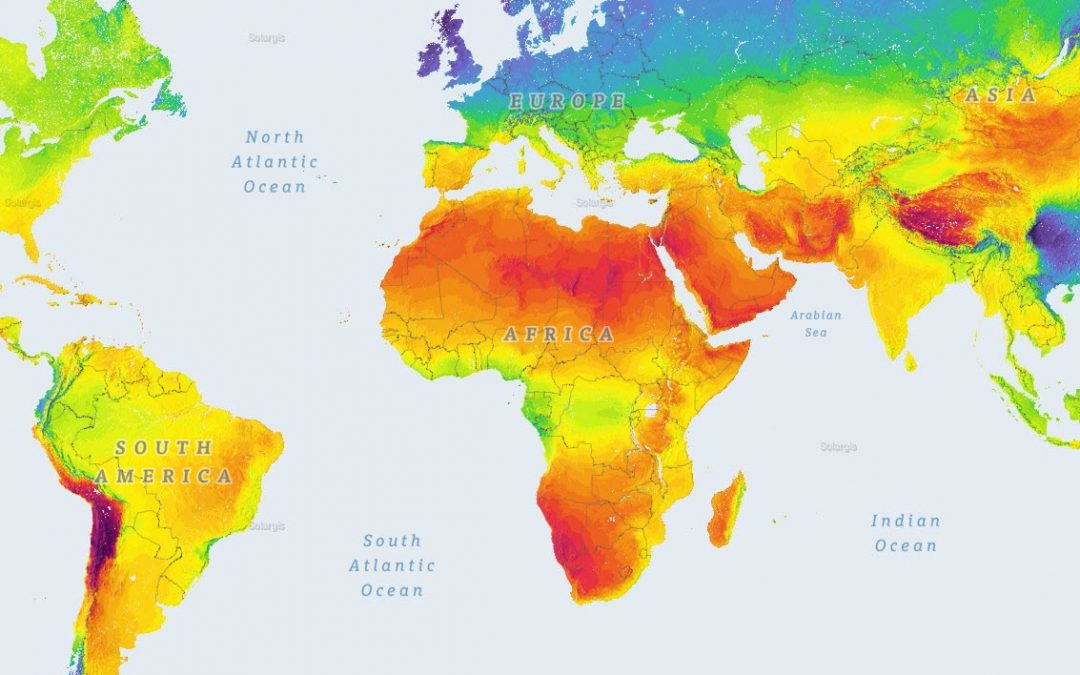This article has a technical background and is intended to show which uses exist for photovoltaics in which place on earth. Just because a country has a high solar global radiation per year does not mean that photovoltaic energy can be used there all year round.

At the Europe site, an average yield of 800-1300 kWh per installed capacity is achieved.
As is well known, more solar yield can be achieved in Africa. For example, the table below shows Ghana’s annual yield in West Africa.
This is between 1300-1600 kWh per power of one kWp (p = peak = laboratory peak).
As far as nothing new.
Quelle: https://globalsolaratlas.info
tip: A region or country can be hired on the website under „Download.“ Further down, the map can be downloaded for the expected photovoltaic potential (photovoltaic electricity output)
The table below confirms the potential of photovoltaics. In Munich this year 947 kWh per kWp was achieved, but in Ghana 1,620 kWh per kWp (marked green)
The key difference is that in Munich, solar electricity yields vary widely over the respective months, but not in Sudan or South Africa. See purple marker.
The yields presented show monthly electricity yields in different cities. If you add up to these day (the simplicity only 30 days), then in Munich in November a yield of 1-2 kWh per kWp is achieved.
In Sudan, between 3.5-5.3 kWh per kWp are reached. The lower yields are caused by the intense heat in the summer.

Example Europe:
In countries with a stable Electricity supply and regulated feed-in remuneration are used for photovoltaics to save costs, earn money or protect the environment. It does not matter much in which months the photovoltaic yield is achieved.
Example Africa:
Here the framework conditions are different:
- No or fluctuating power supply
- Darkness between about 6pm and 6am throughout the year
- Similar photovoltaic peak potential over every month
Thus, solar energy in Africa, for example, is perfect for the use of lighting .

The following example illustrates the charge of an Abiola handle lamp C5:
A C5 lamp has a battery with a battery of 5200 mAh (5.2 Ah). If this is charged with a 10W module in Germany in January , a current of about 0.3A can be measured. In purely arithmetical terms, the charging then takes (5.2 Ah/0.3A) = about 17.3 hours. That time would not be good for a family, as charging the lamp would take too long.
According to the table above, PV yield in January is about 4 times higher in Africa than in Munich . As a result, a current of 1.2 A could be measured at the same attempt. Accordingly, the Abiola C5 lamp could be loaded in 4-5 hours. Theoretically, almost two C5 can be charged with a 10W module.
Please bear in mind that these are only theoretical calculations. It is decided, however, that photovoltaic energy can be used optimally in Africa for year-round use for lighting and communication.
Test:
In April 2019, we charged 6 Abiola lamps C5 in Germany, Kempten in one day with a 3.5 W module. All 6 lamps were aligned with the sun 3 times that day (morning, noon, evening).
Then the lighting time of the C5 lamps was determined. Result:
Brightest light intensity: 12 hours
Average light intensity: 32 hours
Weakest luminosity: 144 hours
Due to the additional USB output at the C5 lamp, the built-in battery can also be used for other purposes, for example for charging a mobile phone or using a USB fan.


